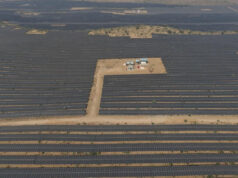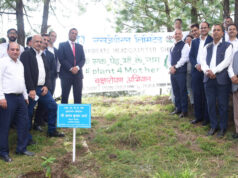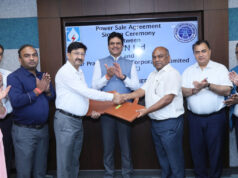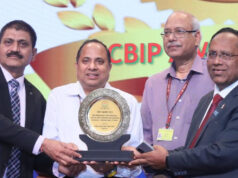Shimla – The rapid melting of Himalayan glaciers due to rising temperatures has significantly boosted hydropower production, leading to record-breaking electricity generation at the Nathpa Jhakri hydropower project. This surge in power output is providing much-needed relief to Northern India, which has been grappling with frequent power cuts.
The Nathpa Jhakri project, the largest underground hydropower facility in the country with a capacity of 1500 MW, is currently generating an impressive 1650 MW of electricity daily. This translates to 39.4 million units of electricity per day, surpassing the project’s target of 35.2 million units. The unexpected increase in water flow in the Sutlej River, where the Nathpa dam is located, has been a significant factor in this achievement.
At present, the water level at the Nathpa dam is approximately 800 cubic meters per second (cumecs), which is double the 400 cumecs required to operate the six power generation units efficiently. This surplus has enabled consistent and enhanced electricity output, benefiting states connected to the Northern Grid by significantly reducing the frequency and duration of power cuts.
Manoj Kumar, Head and Executive Director of the Nathpa Jhakri project expressed his satisfaction with the current performance. “The power generation from the 1500 MW hydropower project is in a much better situation than last year. We are generating 39.4 million units of electricity daily, exceeding our target of 35.2 million units,” he said. Kumar also highlighted the reduced silt levels in the Sutlej River, which have facilitated smoother operations and uninterrupted power production.
The increased availability of electricity is a welcome relief for residents of Northern India, who have experienced fewer power outages during the current heatwave. The efficient operation of the Nathpa Jhakri project exemplifies the critical role of hydropower in meeting the region’s energy demands, particularly during peak summer months.
As temperatures continue to rise and glaciers melt at an accelerated pace, hydropower projects like Nathpa Jhakri are likely to play an increasingly vital role in sustaining electricity supply. This surge in power production not only underscores the importance of renewable energy sources but also highlights the adaptability and resilience of hydropower projects in the face of climatic changes.













